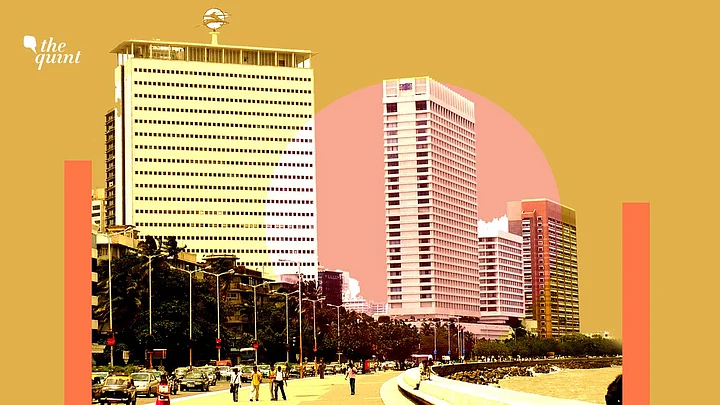Eighty percent of Mumbai's Nariman Point and Mantralaya will get submerged under water by 2050, said Brihanmumbai Municipal Corporation (BMC) Commissioner Iqbal Singh Chahal on Friday, 27 August, at the launch of Mumbai Climate Action Plan website.
Chahal further added that with the rise in the sea level, about 70 percent of the city's A, B, C and D wards in south Mumbai will go underwater, reported The Indian Express.
Chahal warned saying we've got many warnings from the nature such as extreme events like heavy rainfall and if we do not wake up right now, the situation will get worse in the next 25 years, and not just the next generation but this generation will also suffer.
Chahal said, "Eighty percent of areas, like Cuffe Parade, Nariman Point and Mantralaya, will be underwater, which means they are going to disappear."
The other localities that he mentioned were Mohammad Ali Road, Marine Lines, Girgaon, Breach Candy, and Umarkhadi.
Talking about the flooding in Marine Drive and Girgaon Chowpatty, Chahal said that there have been three cyclones in the last 15 months. Due to heavy rains, many parts of Mumbai were up to five feet underwater and this happened despite many warning of a cyclone on 5 August 2020.
“Earlier, we used to hear about climate change events like melting glaciers but it was not directly affecting us. But now it has come to our doorstep,” Chahal stated.
Extreme Weather Conditions in Mumbai
Within 17-20 July, a period of just four days, Mumbai received 70 percent of July's average rainfall this year. Whereas, the average rainfall in May was zero. It received 200 mm of rainfall due to a cyclone.
Mumbai recorded over 235 mm rainfall on 16 July and 253 mm on 18 July, which resulted in flooding in many areas of the city. It received 84 percent of the June rainfall before 9 June.
This year, the city also witnessed a cyclonic storm called Tauktae.
Lubaina Rangwala, Associate Director, WRI India Ross Center for Sustainable Cities, said, "The four-year period between 2017 and 2020 has seen a steady increase in the extremely heavy rainfall events. This indicates that the frequency of such extreme weather events is increasing for the city of Mumbai especially over the past four years," reported Hindustan Times.
On an average, in the last 10 years, Mumbai has witnessed one heavy, five very heavy, and four extremely heavy rainfall days per year, according to the data collected from BMC's 37 automated weather stations (AWS).
According to a report published by McKinsey India in February 2020, two to three million people who live within 1 km radius of the coastline are likely to get affected by the year 2050 as the intensity of flash floods will increase by 25 percent and the sea level is likely to increase by 0.5 metre.
Experts also claim that Mumbai will often witness extreme rainfall now.
(With Inputs from The Indian Express and Hindustan Times.)
(At The Quint, we question everything. Play an active role in shaping our journalism by becoming a member today.)
